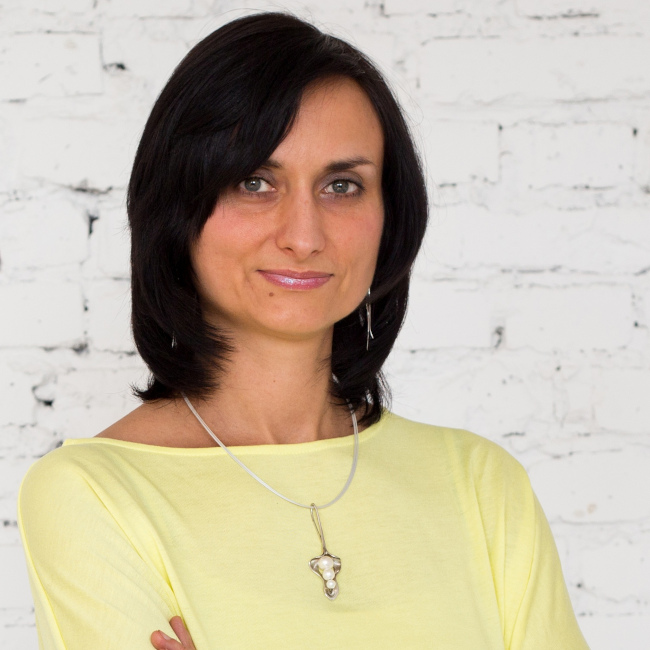Speaker

KATARZYNA SITNIK-WARCHULSKA
JAGIELLONIAN UNIVERSITY. POLAND
Katarzyna Sitnik-Warchulska, MSc, PhD, is a licensed psychologist, clinical psychologist specialist, specialist in child and adolescent psychotherapy. She is a certified psychotherapist by the European Association for Psychotherapy (EAP) and practices Play Therapy. Additionally, she is a specialist in community therapy and a clinical psychology supervisor.
Dr Sitnik-Warchulska is an Assistant Professor at the Institute of Applied Psychology at Jagiellonian University in Krakow, Poland. She is also co-founder of the Systemic Therapy and Psychological Assistance Center “Diada” in Gliwice, Poland, where interdisciplinary support is provided to children and adolescents with neurodiversity and their families. With extensive experience as a family therapist at an adaptive-rehabilitation center for children with various disorders, she combines scientific research with clinical practice. For over 20 years, she has conducted clinical psychological diagnoses and therapies for children, adolescents, and families dealing with developmental, behavioral, emotional, and attachment disorders. Recently, she has been actively involved in the “Neurosmog” project, examining the effects of pollution on children’s developing brains.
Dr Sitnik-Warchulska is a member of the Ethics Commission for the Behavior Analyst Certificate. In her role as a provincial consultant in clinical psychology in Silesian Voivodeship, Poland, she coordinates regional specialization training in clinical psychology and serves on the Polish examination committee for clinical psychology specialization. Her scientific interests focus on psychopathology, clinical psychology of children and adolescents, therapeutic relationship, psychosocial diagnosis, and family therapy. She received awards for her contribution to the development of clinical psychology and psychological assistance for children and adolescents.
Neurodiverse children vs neurodivergent world

The concept of neurodiversity has firmly integrated into the discourse of science and clinical practice. Neurodiversity acknowledges individuals with variations in brain function and behavioral traits as natural components of human variation. Consequently, in diagnosis and treatment, there is a growing emphasis not only on deficits but also on the challenges and strengths within the spectrum of neurodevelopmental disorders (such as ADHD and autism spectrum disorders). The goal becomes not to minimize symptoms, but to recognize the individual capabilities of each child and maximize their potential. A crucial aspect of this diagnostic and therapeutic process is the search for frameworks that enable us to appreciate each child’s abilities, not just their limitations.
A child’s brain matures according to a distinct, constitutionally conditioned pattern, yet this maturation does not occur in isolation. Therefore, it is natural to define risk and protective factors of neurodevelopmental disorders and neuropsychological symptoms in children, considering both individual and broader contexts of complex interactions shaping human functioning.
Ecological models of development highlight the influence not only of parents but also of siblings, the environment, and technology on contemporary children’s development, as well as emerging symptoms and coping mechanisms. Agency, coherence, and community are emphasized as crucial for children’s individual identity development (microsystem). Equally important are the bonds with loved ones, as well as the environment, both physical and virtual, in which children live and grow today. How crucial is the diversity of these aspects?
At the symposium, the latest clinical findings and diagnostic and therapeutic trends will be presented, focusing on various contexts of neurodiversity in children, including the roles of early childhood bonds, siblings, air pollution, and digital technology in the treatment of neurodevelopmental disorders. Speakers will share their scientific knowledge as well as insights from clinical practice.







